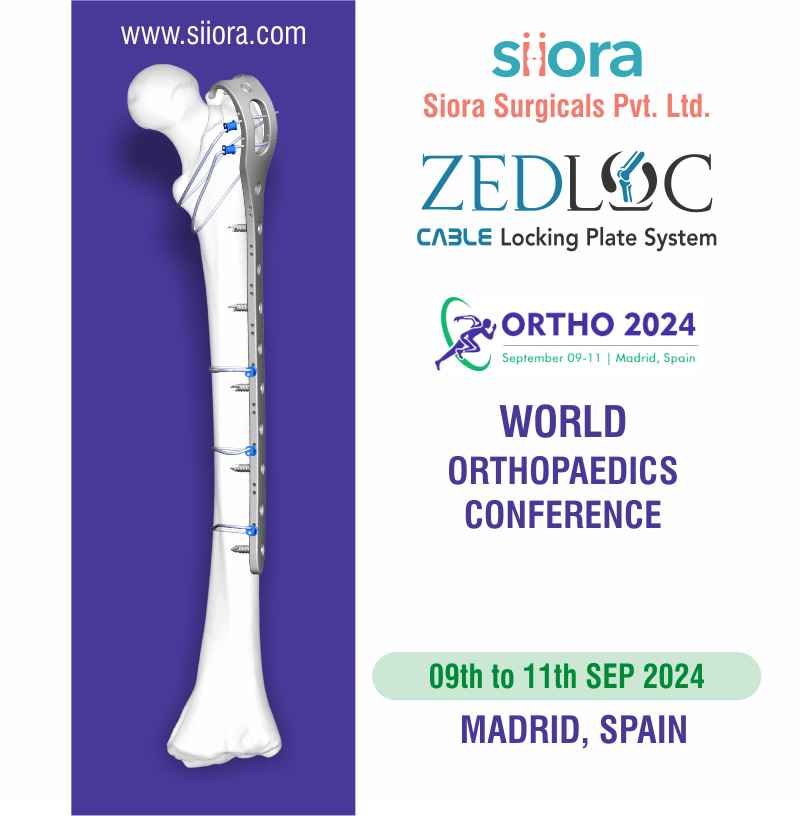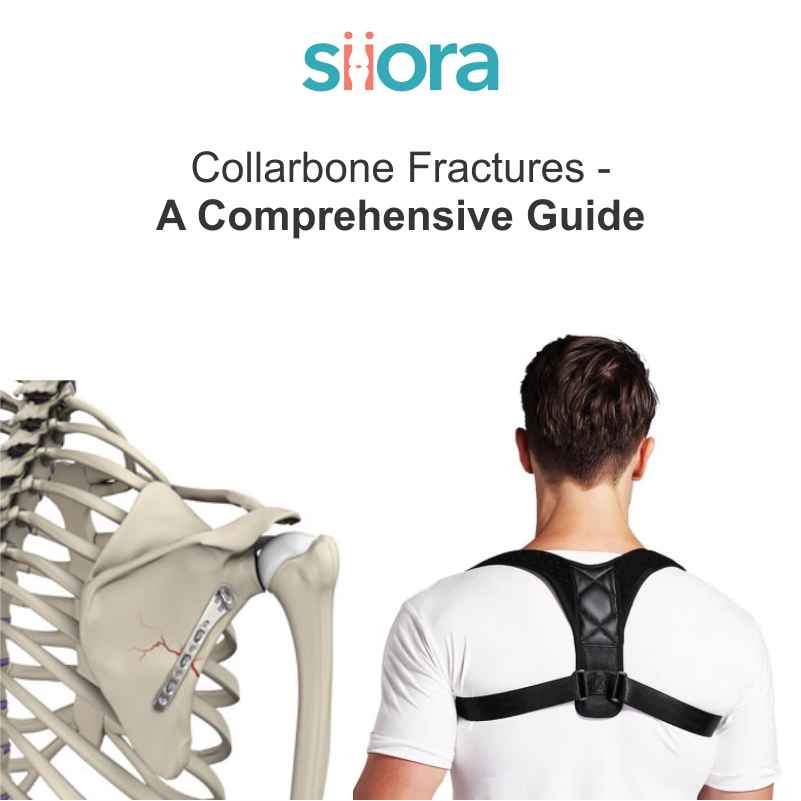ANESTHESIA:
- You’ll feel a little off for 1 day or 2 after the anesthetic after total ankle replacement. During that time, you shouldn’t drink alcoholic beverages, make any significant decisions or engage in any potentially hazardous activities. It’s very common to be slightly nauseated and you should initiate with a light, low-fat diet until your appetite comes back. Do not drink cold water, as it may upset your stomach.
BATHING AND WOUND CARE:
- It’s not rare for some blood to show through on the dressing after total ankle replacement. If bleeding seems to be ongoing after the first twelve hours and the part is larger than 2 inches or so, please contact the doctor. You can cover your dressing with a plastic bag to take a shower but don’t get the dressing wet.
- The dressing should cover the wounds and support the leg but shouldn’t feel overly tight or uncomfortable. If it seems too tight you should go to the medical attendant.
- Don’t Remove the dressing till you have been examined by the treating doctor and advised to do so.
PAIN MANAGEMENT:
- A long-lasting local anesthetic is injected into the ankle after surgery and often wears off 6 to 12 hours later. As it wears off your ankle will start to hurt more.
- The interval for having pain medication, as noted on the bottle, is the least interval. You shouldn’t take the medication more often than that. You may take the medication less frequently than on the prescription if you aren’t in pain.
- You have been prescribed narcotic pain medication. This medicine should be taken to relieve pain, not to avoid it. You shouldn’t set your alarm clock to remind you to have your pain medicine, nor should you take it on a set schedule even if you aren’t hurting, as this may lead to overdosing of the medication.
- If you don’t have trouble with ulcers or stomach pain, and if you don’t have kidney problems, you can also take an anti-inflammatory medicine in addition to or instead of the narcotic medicine. These work well and don’t cause bleeding. After the first or second day, you can start an over the counter anti-inflammatory.
ACTIVITY
ELEVATION and ICE:
- The elevation is the best method to reduce your pain and swelling. It only means as elevation if your ankle is above your heart. Sitting in a chair together with your foot on the coffee table isn’t enough. Please ice and elevate your leg for at least the first 3 days after surgery. On the fourth or fifth day after surgery please start to gently move your big toe. Do this without removing the dressing. Gently hold your toe with 1 hand and stabilize your foot with the other. Then move the big toe up and down for five minutes every 2 hours.
WEIGHT BEARING:
- You can bear weight on your heel on the advice of the treating doctor, once you feel comfortable to do this. Crutches will be offered to help you during the first 2 weeks out from surgery. Surgeons use orthopedic instruments in the surgical procedure.
DRIVING:
- Take up driving of a vehicle strictly as per the advice of your surgeon.
- You can’t drive if you are having narcotic pain medicine.
FOLLOW UP:
- You need to be examined by the surgeon in two weeks. Physical therapy should start shortly thereafter.
SOME REASONS TO CALL:
- Fever more than 101.5 (it’s very common to have a low-grade fever the first night or 2 after surgery)
- Redness or swelling that’s spreading from the boundaries of the incisions
- Pain that is out of control or worsening and not relieved by elevation, rest, ice as well as pain medication.
- Shortness of breath, Chest pain








